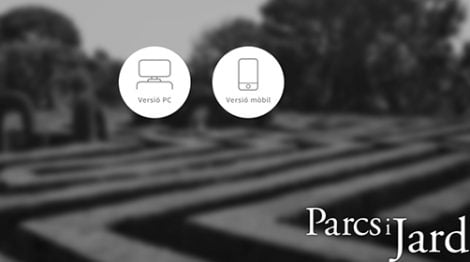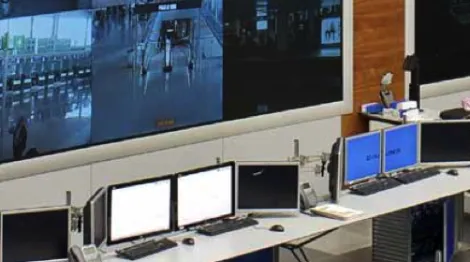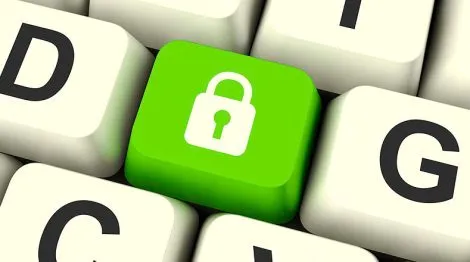Introduction to Remote Control and Telemetry
Remote control and telemetry solve a set of problems due to the environment that do not occur in the industrial or home automation world.

Controlling and monitoring facilities or points is a necessity that goes beyond the industrial or facility management environment; it must also be solved in sectors where assets have to be managed in large geographical distributions, such as the following: collection and distribution of water and wastewater, telecommunications, energy distribution, agriculture, Smart Cities, Oil&Gas, or infrastructure and civil works.
1. Unattended facilities or points
In all these sectors, there is a set of locations, booths, cabinets, etc. that must work automatically and autonomously without any need for human interaction close to the process they perform. This is necessary because almost all the time, there will be no person near the facility or point.
When controlling a geographically extensive area, it is also very common for a good number of points or facilities to be located in hard-to-reach places – in mountains or forests, for example.
2. Unreliable or intermittent communications
Point 1 does not mean that the sites work in isolation, but that they must be able to communicate with the corresponding control center, which is responsible for the management, control, monitoring, and coordination of the entire system. However, part of the facilities will be located in areas with poor coverage, where it is impossible to establish a stable and constant connection.
3. Extreme weather conditions and/or aggressive environment
Unlike a more controlled environment, the remote control equipment must be able to work in environments with temperatures below zero or above 50 or 60 degrees, with humidity or even submerged, with dust, acidity, etc. That is, its encapsulation has to be robust and as tight as possible, in such a way that the correct operation of the equipment is guaranteed over time.

4. An electrical grid is not always available
Aligned with the problem of location, it is very common that in the location that you want to control or monitor, there is no possibility of taking an electrical connection due to the cost that it would entail. This means that the installation or control point must be powered by solar panels or batteries. Obviously, this point greatly conditions how to approach a remote control project. If continuous or safe power is not available, the device and the logic must be completely different to find the balance between energy optimization (and therefore economic viability) and the information that you want to have from the control point.
Although the line of telemetry devices with those that have a more IoT approach is increasingly tenuous, the needs remain the same. If you want to know how to approach this type of project, I encourage you to read our Decalogue of good practices for the communication, control, and supervision of unattended facilities.





